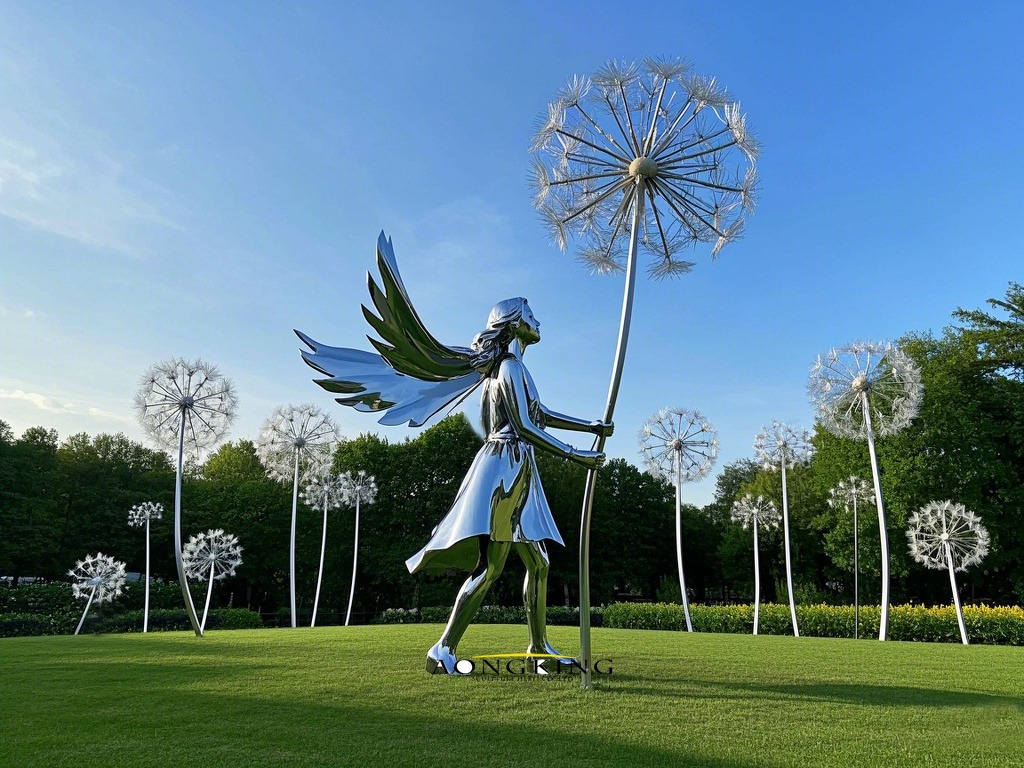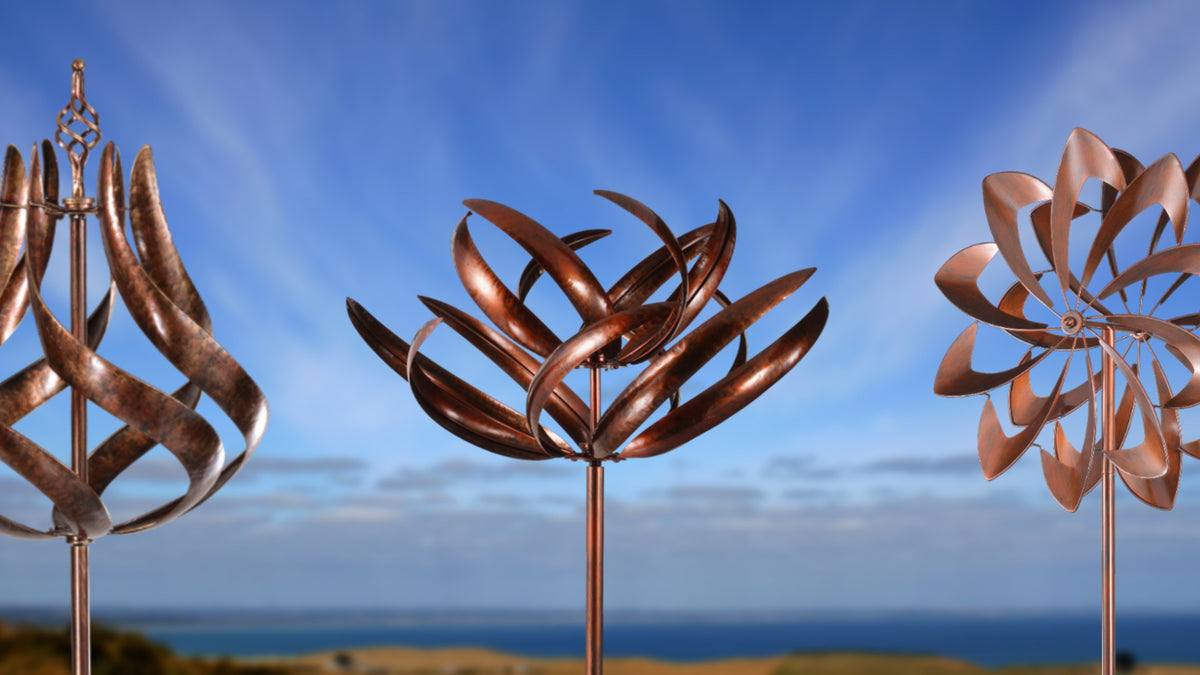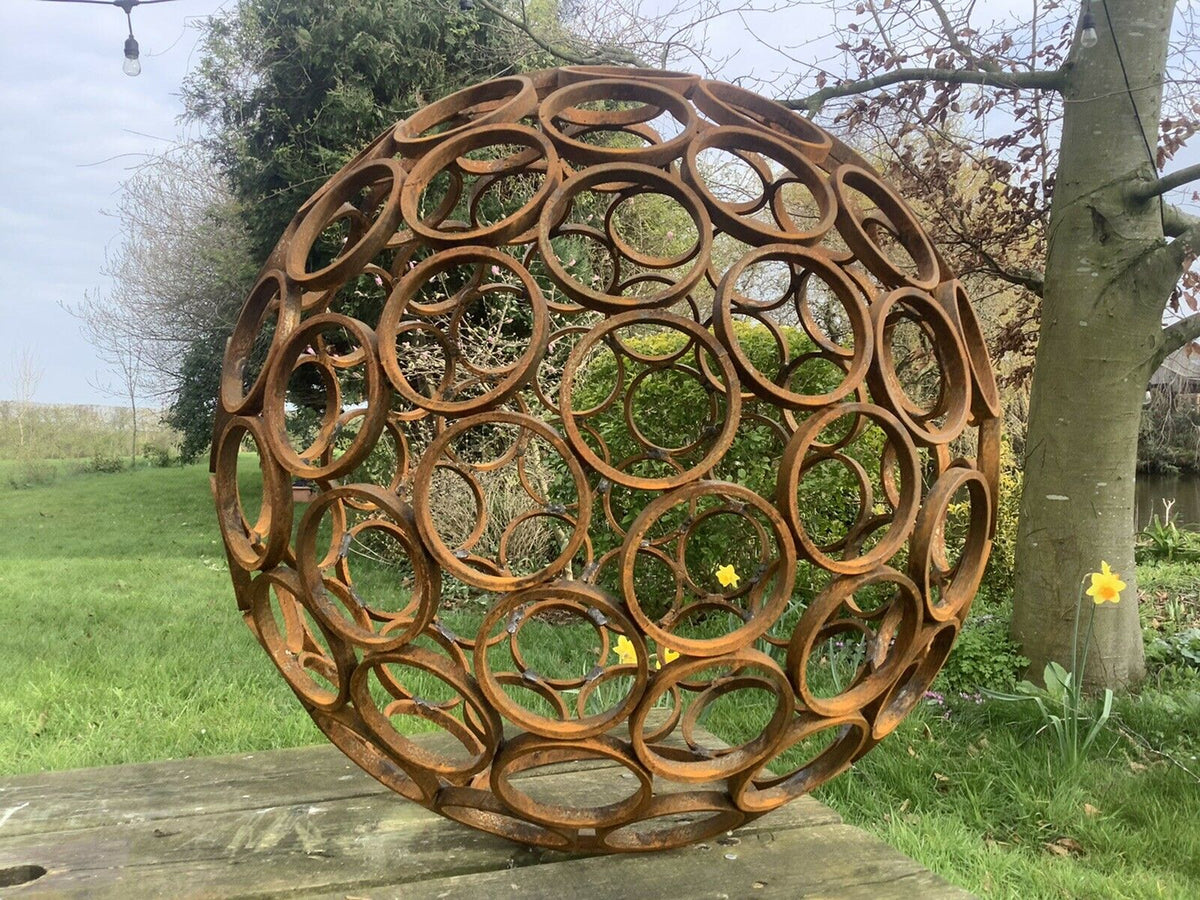The concept of metal garden trellis design is not just an aesthetic addition to your garden but also an essential component that enhances the beauty and functionality of your outdoor space. Whether you are an industrial manufacturer or a gardening enthusiast, understanding the nuances of metal garden trellis design can significantly impact your garden’s appeal. These structures are not only sturdy and durable but also bring a modern touch to any garden setting.

Introduction to Metal Garden Trellis Design
A metal garden trellis design serves multiple purposes. It acts as a support for climbing plants, adds vertical interest, and can even function as a privacy screen. By choosing the right design, you can transform a simple garden into a breathtaking oasis. This article will delve into the various aspects of designing a metal garden trellis, from materials to installation methods.
The Importance of Metal Trellis in Gardens
Metal trellises are more than mere garden accessories; they are essential for supporting climbing plants such as roses, ivy, and clematis. A well-constructed metal trellis provides a robust framework that can withstand the weight and growth of these plants over time. Furthermore, metal trellises are durable and can endure the elements, making them ideal for outdoor use.
Durability and Longevity
One of the primary advantages of using metal for garden trellises is its durability. Unlike wooden trellises, metal does not rot or succumb to insect damage, ensuring that it remains a part of your garden for many years. This durability makes it a preferred choice for industrial manufacturers looking to create lasting garden structures.
Aesthetic Appeal
Metal trellises come in a variety of designs, from intricate scrollwork to simple, clean lines. This versatility allows gardeners to choose a design that complements their garden’s style and personal taste. Whether you prefer a traditional or modern look, a metal trellis can be customized to fit your vision.
Materials Used in Metal Garden Trellis Design
When it comes to metal garden trellis design, the choice of material plays a crucial role in the trellis’s overall effectiveness and appearance. Common materials include wrought iron, steel, and aluminum, each with its unique benefits.
Wrought Iron
Wrought iron is known for its strength and classic appearance. It is ideal for creating ornate designs that add a touch of elegance to any garden. However, it requires regular maintenance to prevent rust.
Steel
Steel is another popular choice due to its strength and durability. It is often galvanized or powder-coated to prevent corrosion, making it a low-maintenance option for garden trellises.
Aluminum
Aluminum is lightweight and resistant to rust, making it perfect for those who want a maintenance-free trellis. Its light weight also makes it easier to install and move if necessary.
Design Considerations for Metal Garden Trellises
When designing a metal garden trellis, there are several factors to consider. These include the size of the trellis, the type of plants it will support, and its placement within the garden.
Size and Scale
The size of your trellis should be proportional to the size of your garden and the plants it will support. A large trellis in a small garden may overwhelm the space, while a small trellis may not provide adequate support for larger plants.
Plant Compatibility
Different plants have different growth habits, so it’s essential to choose a trellis that can accommodate the specific needs of your plants. For example, heavier vines require a sturdier trellis, while lighter plants may only need minimal support.
Placement and Orientation
Consider the placement of your trellis in relation to sunlight, wind, and other environmental factors. Proper orientation can help ensure that your plants receive the necessary light and support for optimal growth.
Installation Tips for Metal Garden Trellises
Installing a metal garden trellis can be a straightforward process if done correctly. Here are some tips to ensure a successful installation.
Preparing the Site
Before installing your trellis, make sure the site is level and free of debris. This will provide a stable foundation for the structure.
Securing the Trellis
Use appropriate anchors or stakes to secure the trellis firmly in the ground. This will prevent it from toppling over as plants grow.
Regular Maintenance
While metal trellises require less maintenance than their wooden counterparts, regular inspections can help identify and address any potential issues before they become significant problems. This includes checking for rust or structural damage.
Innovative Metal Garden Trellis Designs
In recent years, there has been a surge in innovative designs for metal garden trellises. These designs not only serve their functional purpose but also act as a piece of art within the garden.
Artistic Designs
Many modern trellises incorporate artistic elements, such as intricate patterns or unique shapes. These designs can elevate the aesthetic of your garden, turning a simple trellis into a focal point.
Functional Features
Some trellises are designed with additional features, such as built-in planters or lighting. These multifunctional designs add extra utility to your garden space.
Environmental Benefits of Metal Trellises
Metal trellises offer several environmental benefits. They support the growth of plants that can improve air quality and provide habitat for wildlife. Additionally, their durability means they do not need to be replaced as frequently, reducing waste.
Conclusion
The right metal garden trellis design can transform any garden into a stunning display of nature and artistry. By considering factors such as material, design, and installation, you can create a trellis that meets your garden’s needs and enhances its beauty. For those interested in exploring more about metal garden designs, you can visit WC Welding for additional insights.

FAQs
What are the best materials for metal garden trellises?
Wrought iron, steel, and aluminum are popular choices, each offering unique benefits in terms of strength, durability, and maintenance.
How do I maintain a metal garden trellis?
Regular inspections for rust and structural integrity are essential. Depending on the material, you may need to apply a protective coating periodically.
Can metal trellises support heavy plants?
Yes, metal trellises are ideally suited for supporting heavy climbing plants due to their strength and durability.
For more insights on architectural metal usage in various settings, including community centers or parametric designs, visit Modern Metalworks.
This article contains affiliate links. We may earn a commission at no extra cost to you.

